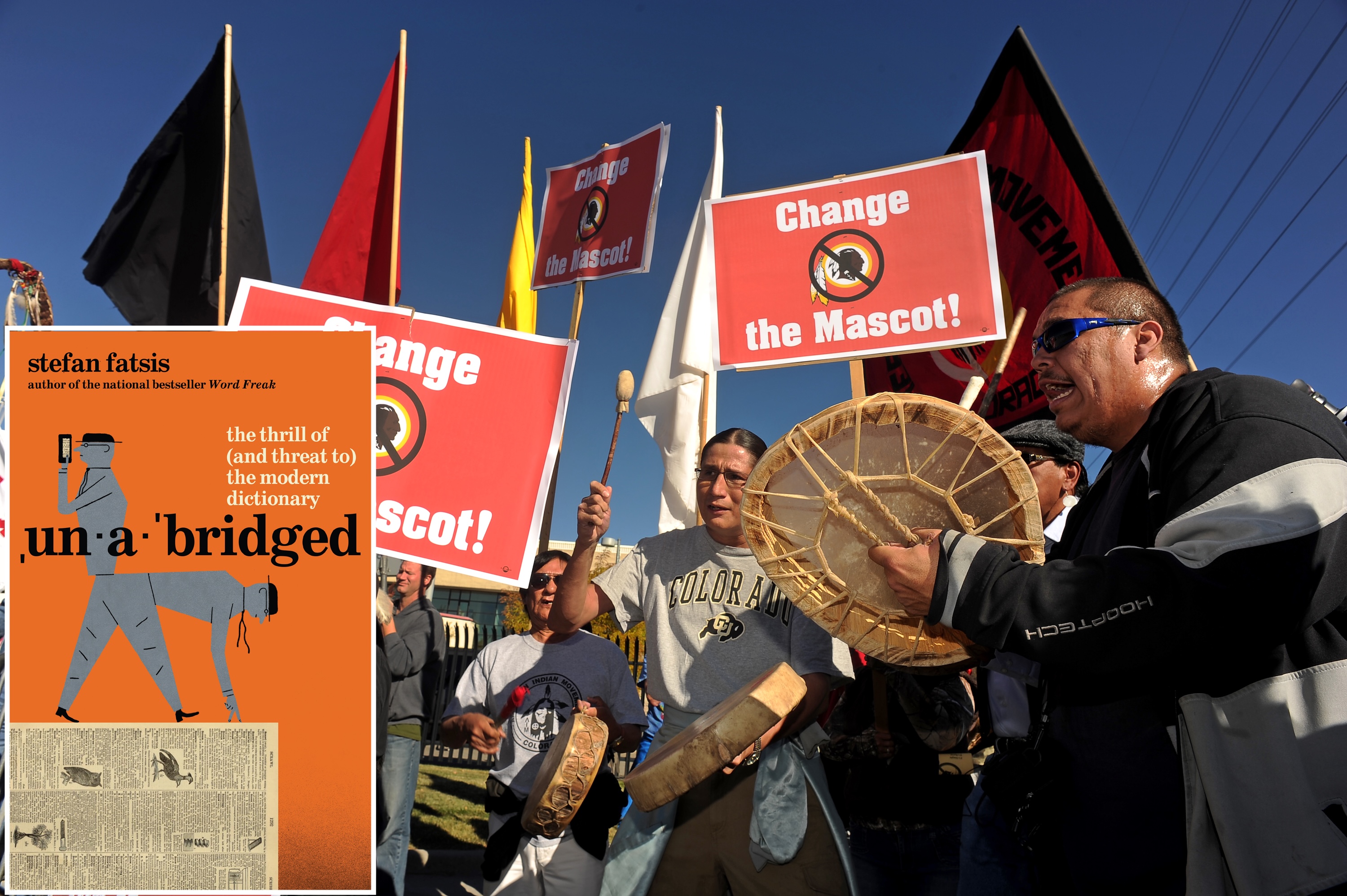
"That meant I had access to the Consolidated Files: 16 million three-by-five slips of paper, known as citations, or "cits"-pronounced sites -with examples of word usage culled for more than a century from newspapers, magazines, academic publications, trade journals, contemporary fiction, advertisements, radio transcripts, television shows, annual reports, government reports, cereal boxes, photo captions, comic strips, seed catalogs, restaurant menus, car manuals, airline tickets, you name it."
"Full-page clippings folded one, two, three, four times, like a school note stuffed in a kid's back pocket. Black-and-white photostats that began appearing in the 1950s, when Philip Gove, editor-in-chief of Merriam's iconic 1961 unabridged dictionary (four inches thick, 13-and-a-half pounds, 465,000 words), instructed his staff to record multiple citations from single passages to avoid the tendency to flag unusual words while ignoring run-of-the-mill ones."
A lexicographer-in-training embedded at Merriam-Webster amid controversy over an NFL team's racist nickname and iconography. The embedder accessed the Consolidated Files, a collection of 16 million three-by-five citation slips documenting word usage from more than a century across newspapers, magazines, academic and trade journals, fiction, advertisements, radio and television transcripts, government reports, and everyday ephemera like cereal boxes and menus. The slips occupy alphabetized drawers within rows of chest-high metal filing cabinets that circle the editorial room. The collection contains full-page clippings, 1950s-era black-and-white photostats instituted under Philip Gove to record multiple citations, and early computer printouts with truncated letter tails.
Read at Defector
Unable to calculate read time
Collection
[
|
...
]